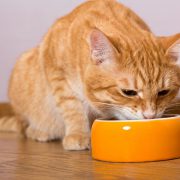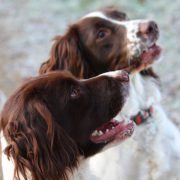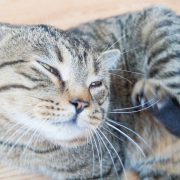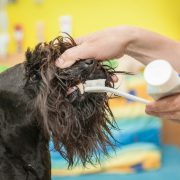Exploring early life events including diet in cats presenting for gastrointestinal signs in later life
A. Kathrani, E.J. Blackwell, J.L. Williams, T. Gruffydd-Jones, J.K. Murray, M.Hezzell and E.J. Hall | Veterinary Record | June 2019
The aim of this study, which received financial support from Waltham Pet Nutrition and Cats Protection, was to identify if certain early life events were more prevalent in cats presenting to veterinary practices on at least two occasions for gastrointestinal signs between six and 30 months of age, compared to those that had never visited for gastrointestinal signs…











Connect with us